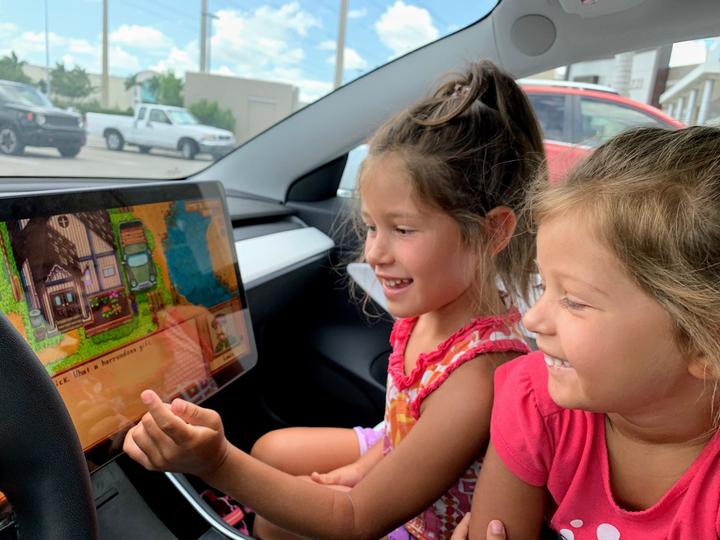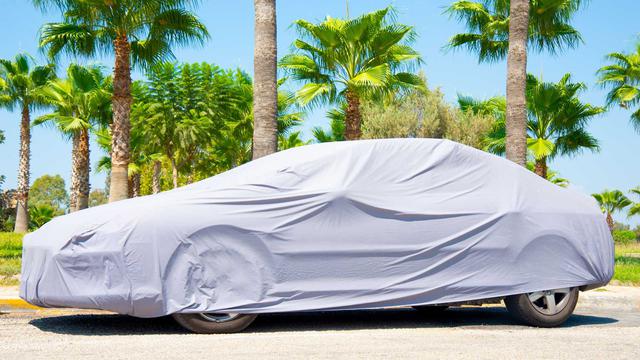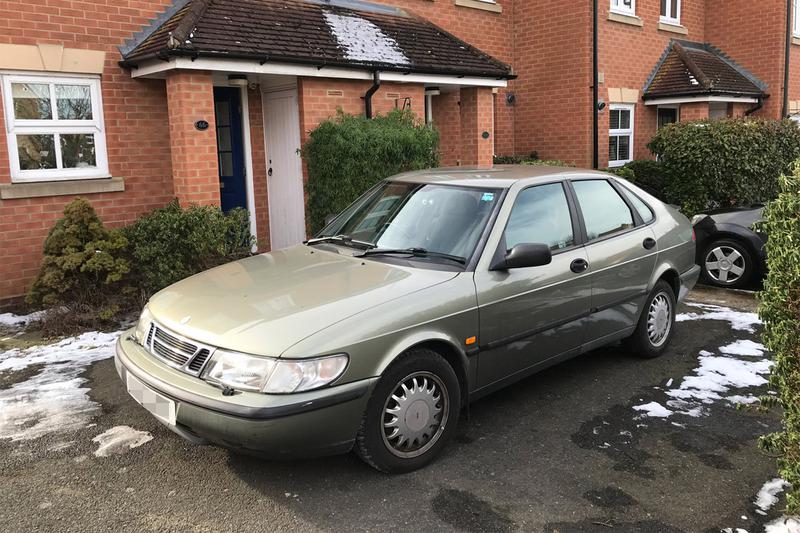In a recent article published by HotCars, the author shared 18 reasons why they think that you should never buy a Tesla. The author put forth a lot of information that was more or less based on myths and twisted half-truths, so I’m going to address some of the actual concerns while also debunking the misleading fear, uncertainty, and doubt. I will also emphasize why your next vehicle should be either a Tesla or some other electric vehicle.
Some concerns — like the cost of a Tesla — are normal issues that many may have. However, the information about charging, the value of savings on fuel and gas, and the inability to take on cold weather have all been debunked before.
Lowest Number Of Recalls
According to the article, Tesla has had a “recent string of recalls,” and the article cited problems with Tesla’s rearview camera, front hood, and trunk latch. They called it a “growing trend in faulty components being used in Tesla cars” that could lead to poor quality overall.
What the article didn’t mention and should have for the sake of fairness is that the majority of these recalls are not really recalls at all — but are issues that Tesla could solve with simple over-the-air (OTA) updates. However, the National Highway Transportation Safety Administration (NHTSA) is a bit sensitive about these issues and has demanded that Tesla use the phrase “recall” for any OTA fix that corrects a potential safety-related issue.
This move devalues the word recall, and, in the long run, will redefine it to mean something not as serious. An example is that Tesla recently recalled almost 600,000 vehicles. Sounds scary, right? Sounds like you have to take your vehicle into the shop and you may not know when you’ll get it back, right? In actuality, this problem was solved with an OTA fix and the problem wasn’t safety-related, simply that the NHTSA didn’t like Tesla’s Boombox feature. They wanted it disabled and flexed their muscle to make Tesla comply.
The article should have also taken into account the NHTSA’s own data regarding Tesla’s recalls. According to NHTSA data gathered by Reuters, Tesla had far fewer recalls than several competing automakers from January 1, 2020 through February 17, 2022. Ford had the highest number of recalls, followed by General Motors, Volkswagen, Chrysler/FCA, BMW, Nissan, Hyundai, and then Tesla. Hyundai had 3 times more physical recalls than Tesla. Ford had more than 8 times as many. You can view a Reuters chart on the comparison here.
Test Driving A Tesla — The Tesla Community Helps
Giving a friend a Tesla test drive.
The article cited Tesla’s inability to provide test drives for its vehicles as a key reason not to buy one. However, this is not Tesla’s fault in the states where it is not permitted due to dealer-influenced laws.
However, the Tesla community knows of this issue, and many form groups across the US and globally to support new Tesla owners while encouraging their friends, family, neighbors, and colleagues to experience driving a Tesla.
Braking & Charging
A couple of issues in the article cited getting used to Tesla’s regen braking system and having to charge your vehicle. To me, the latter seems as if the author was trying to find something to worry about. Tesla Superchargers have been around for a while now and Tesla’s expanding its charging network. As for other EVs, there are other options including ChargePoint and Shell. The good thing about Shell and other oil giants embracing charging is that they know that the purchase of EVs is on the rise and that eventually, EVs will become the norm. Shell, specifically, wants to become a leader in EV charging.

Furthermore, the vast majority of charging is done at home, and it’s much easier and quicker than going to the gas station.
Photo by Zach Shahan/CleanTechnica.
Regenerative braking takes a little getting used to, and once a Tesla owner is used to regen, “one-pedal driving” often becomes one of their favorite things about owning an EV instead of a gas car. The author thought regen braking was rather aggressive, but most owners see it as brilliant.
Cold Weather & Snow
The writer says that driving a Tesla in the snow is challenging. The author writes, “If you want to make it easier to drive in the snow, you need to make an additional investment. Driving with its regular tires in the snow can be scary, so you might need to buy winter tires that cost around $2,000.” (People have to buy winter tires for their ICE vehicles as well, so this isn’t just a Tesla or EV-related problem.)
2015 Tesla Model S covered in snow in Poland. Photo by Zach Shahan, CleanTechnica.
The author also said that even if you do get winter tires, driving in a Tesla in the snow can lead to losing traction and the car flipping over in the snow. In actuality, Teslas have superb traction control — the best in the industry — and Teslas are the hardest cars in the industry to flip. The NHTSA’s rating for the Tesla Model 3 indicated it was the safest car it’s ever tested in the history of testing cars (though, the NHTSA doesn’t make any such pronouncements). Accidents do happen, and several Tesla owners have been involved in them and have walked away completely fine, even after falling off of a cliff. Not all do, but many who walk away unscathed attribute that to the design of the car.
Another claim in the article is that Teslas are “weak in the cold,” which is an odd claim given the power Teslas are known to have. The core of the argument, though, is that range drops in cold temperatures. Hundreds of thousands of Tesla owners in cold climates seem fine with their cars, though. There have also been a few cold-weather tests performed by Tesla owners as a response to claims that a Tesla wouldn’t do well in a winter disaster situation that happened in Virginia recently.
Great For Road Trips And Easy To Maintain
The author pointed out that owning a Tesla is complicated, and not it is not so easy to maintain one, also stating that you can’t really go on a long road trip. The author writes:
“However, if you’re the kind of driver who often goes on long, interstate trips, you may want to reconsider getting a Tesla.
“Keep in mind that there aren’t many charging stations for this car, so if you have to go on a long drive, a single charge from home might not be enough. To avoid getting stranded, you need to plot your trip on a map and note all the charging stations along the way.”
We have documented several stories of Tesla owners who have gone on extended road trips. My friend, Wade Anderson, embarked on his journey around the North American continent in his Model 3 when I initially began writing for CleanTechnica. He came through Baton Rouge, where I got to ride in the car, and his journey also took him all the way from Arizona to Florida, Maine, Canada, the Arctic Circle, down the West Coast, and back home. All in his Tesla.
Many, many other Tesla owners have gone on long road trips. (See a few stories here.) They often say that a road trip in a Tesla is even easier than a road trip in a gas car. You can put in your destination, no matter how far away, and the car will tell you exactly where and when to stop to Supercharge. There is actually less planning needed than with a gas car.
Conclusion
Photo by Zach Shahan/CleanTechnica.
Girls playing Stardew Valley on a Tesla Model 3 infotainment screen. Photo by Zach Shahan/CleanTechnica.
There are other things the author wrote that are strictly their opinion and I’m not going to harp on them for having an opinion. We all have opinions. However, much of the article is misleading if not false.
The headline may have been aimed at Tesla, but anyone reading between the lines can see that many concerns could apply to other EVs. Tesla is by far the most popular, hence the reason for focusing on Tesla.
This kind of article used to be much more common, but it’s still too common. Debunking this kind of FUD and common myths is so important.
Appreciate CleanTechnica’s originality? Consider becoming a CleanTechnica Member, Supporter, Technician, or Ambassador — or a patron on Patreon.
Advertisement
Have a tip for CleanTechnica, want to advertise, or want to suggest a guest for our CleanTech Talk podcast? Contact us here.




